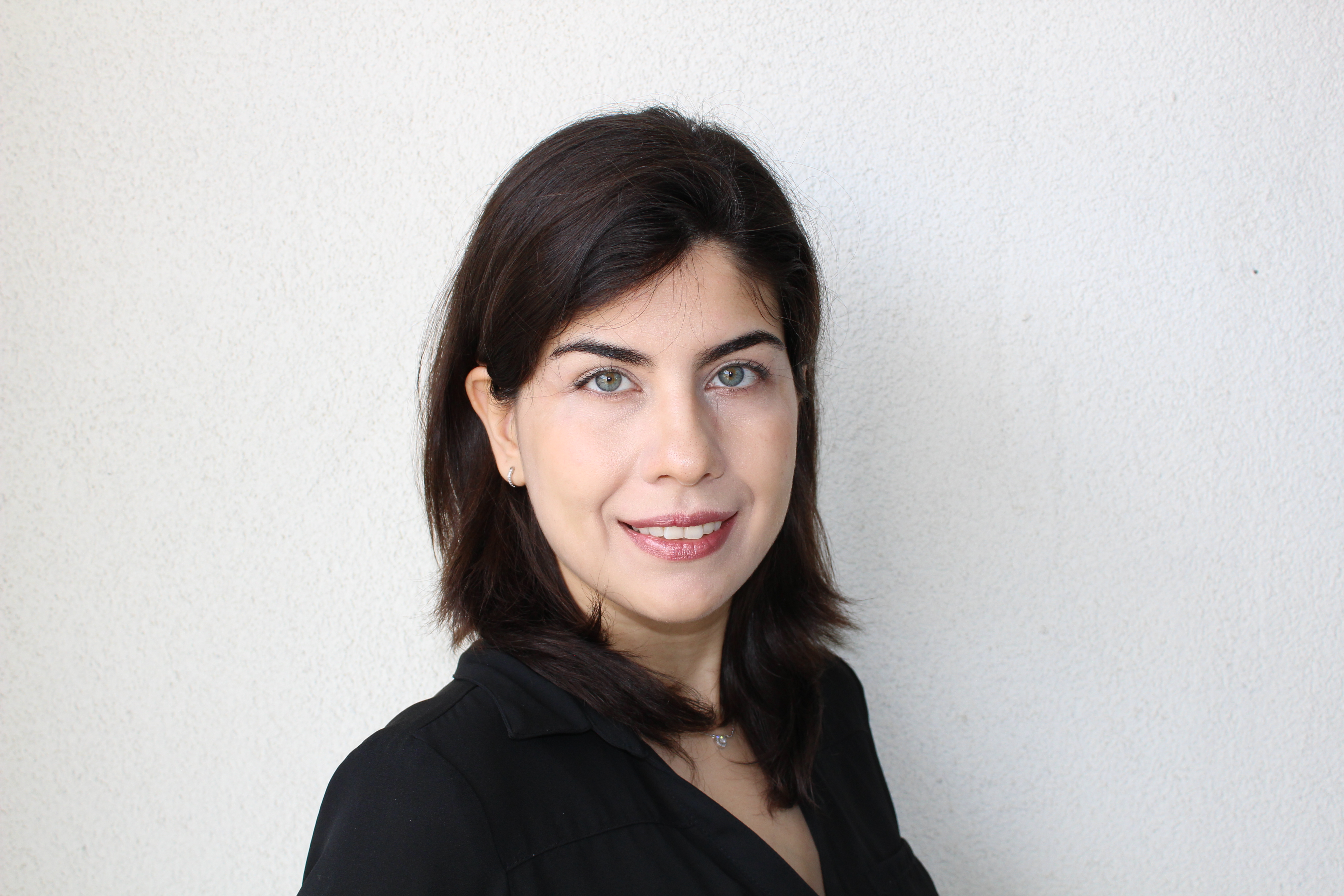Back
OR32 - Quantitative Assessment of Resolution of Mechanical Allodynia Following Endodontic Treatment
Virtual-Only Presentation

Pardis Azar, D.D.S.
Endodontics resident at UTHSCSA
University of Texas at San Antonio
San Antonio, TexasDisclosure: I do not have any relevant financial / non-financial relationships with any proprietary interests.
Presenter(s)
Abstract: Mechanical allodynia is a hallmark of apical periodontitis and a major chief complaint of patients seeking endodontic treatment. Although endodontic treatments often result in pain alleviation, biting tenderness is known to take longer to resolve. We hypothesized different endodontic treatment modalities result in different rates of resolution of mechanical allodynia, and these can be quantified using the bite force transducer. Methods: A total of 86 patients treated at the UTHSCSA Graduate Endodontics Clinic were included in this study. These patients received different type of treatments (non-surgical root canal treatment, retreatment or EMS). Bite pain force thresholds were measured before treatment and, at 3, 6 and 12 months after treatment. Patients reported preoperative and post-operative pain levels on a VAS pain scale. Additionally, an UT Endodontics designed phone application was downloaded on patient’s smart phone to record post-operative symptoms. Data were analyzed by two-way ANOVA and Bonferroni’s post hoc test with significance set at < 0.05. Results: Interim results showed pre-operative bite force pain threshold in affected teeth was 70% lower than control teeth. EMS showed resolution of MA by 3 months. For non-surgical modalities, resolution of MA was seen after 6 months. Faster resolution was observed in patients with mild pre-operative pain levels (VAS< 30). Conclusion: This study shows although patients report alleviation of pain, their apical-periodontitis mechanical allodynia may take up to 6 months to resolve. Faster resolution was observed in patients that underwent EMS and patients that presented with only mild to no preoperative pain levels.

.jpg)
.jpg)
.jpg)